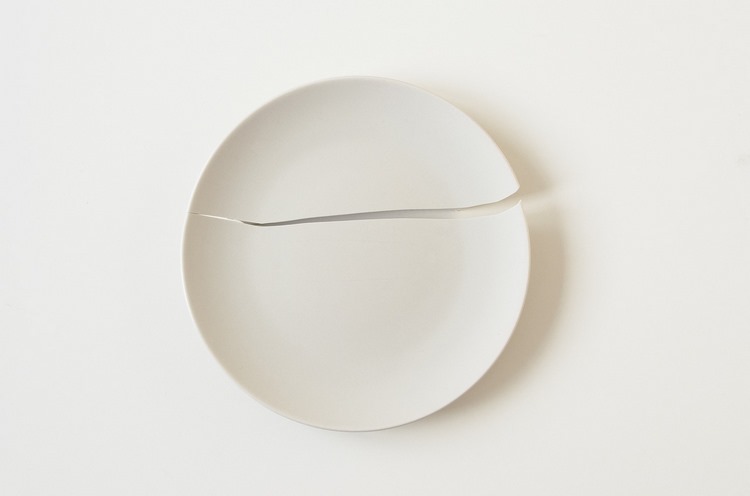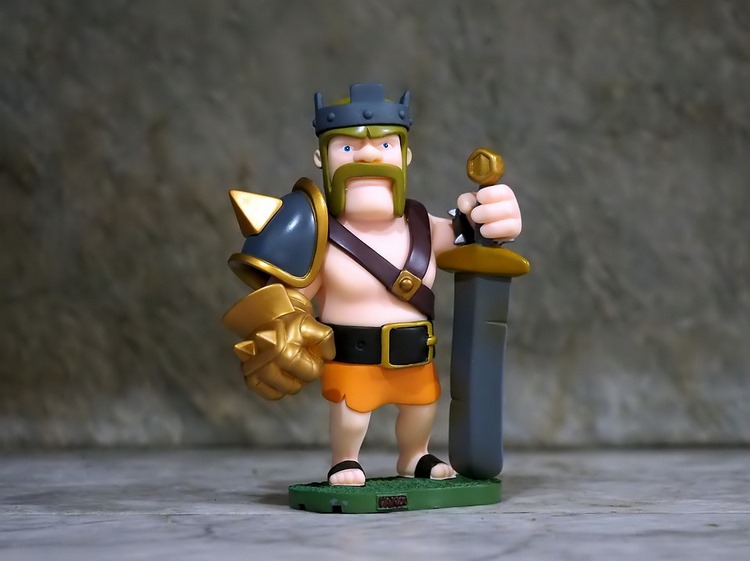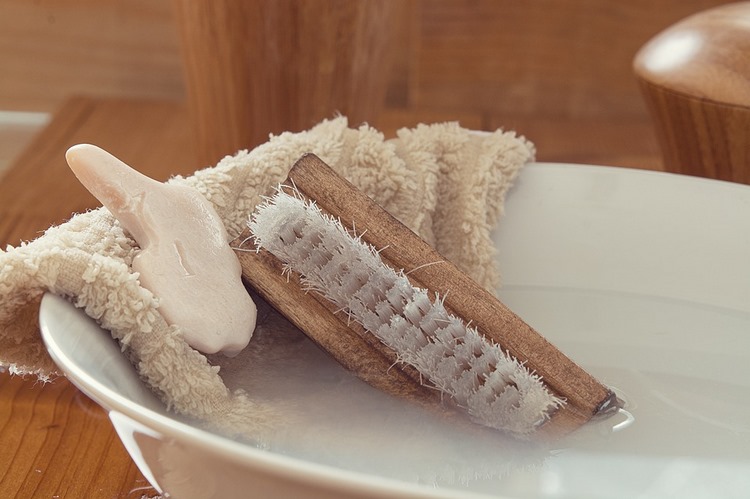The benefits of instant glue have been appreciated by consumers all over the world. It works fast and holds strong. We all use it for a variety of projects, from quick fixes of broken items to craft ideas. Instant adhesives reliably connect various materials within a minute and are most often used to solve household issues – to fill cracks, seams, chips, etc. In addition, this is the fastest way to make festive decorations for any occasion!
We shall tell you how to use instant glue on different materials, what its advantages are and how to clean it from your skin, clothes and other surfaces.
Instant glue advantages and varieties
We are used to think of super glue as a universal product with a vast spectrum of application. Most often instant adhesives are used for bonding a wide variety of materials. Manufacturers offer the product in comfortable and easy to use spill resistant bottles, self-piercing tubes, with a built-in brush applicator, in pen-like tubes with leak preventing cap or squeeze grips. Some of the main advantages of the quick glues are:
- Great performance characteristics;
- Easy application and no need of clamping;
- Compact size;
- Universal use in everyday life as well as industry;
- Suitable for fixing firmly a variety of materials;
- High strength;
- Instant setting. The initial hardening time is 5-60 seconds;
- Dries transparent and leaves no visible marks;
- Easy to apply it accurately;
- Extensive temperature range;
- Economical – a few drops are enough;
- Can be applied to firm and elastic surfaces.
Maybe you did not pay attention, but instant glues differ and can be liquid or gel. The different types of glue can be moisture and water resistant, resistant to chemicals and freezing temperatures, some are suitable for porous materials. Depending on the particular project, you will definitely find the exact product that you need. Super glue is suitable for bonding materials like wood, leather, glass, metal, ceramic elements, porcelain, plastic and polymer, paper, etc. This means that you can easily fix your favorite coffee mug, glue a flower pot, repair your leather belt, purse, headphones, knife handle, jewelry, fix a photo frame or the plastic toy of your child.
How to remove instant glue from skin and clothes?
Despite the fact that it is really hard to create a mess with instant glue, let’s be honest – we have all had accidental drops on our fingers, on clothes or on the working surface. It may happen that we didn’t do a good job and we need to un-glue the objects. So, how can we remove super glue?
Glue removers are a good option and will help you to correct badly glued items or stuck fingers. You can use that product for cleaning spillages as well. However, if you forgot to buy a super glue remover, you will have to manage the problem on your own. Here are some useful tips for you!
How to remove super glue from skin? Even with the most careful use of quick-drying adhesive products, there is a chance that they may get on the skin of your hands. This is usually as a result of excess extrusion but the good news is that this is not a great danger. The first rule is not to make sharp movements with your fingers if they are stuck together so as not to damage the skin. Soak your hands in warm, soapy water for 5 to 10 minutes and gently peel off the glue from your skin. You can also use a nail polish remover as it contains acetone. Acetone dissolves instant glues. If you prefer natural ingredients, you can try coconut or avocado oil to separate your fingers.
How to remove glue from fabric? Any solvent is suitable for fabric as long as it does not damage the fabric itself. You can use acetone but it is not recommended for thin and delicate textile. Try to freeze the fabric with glue and then carefully remove it.
Also read: 7 Effective Home Remedies to Remove Superglue from Skin







